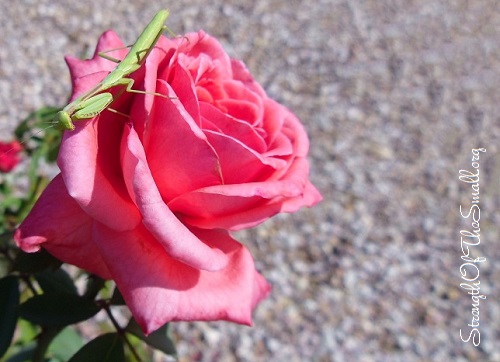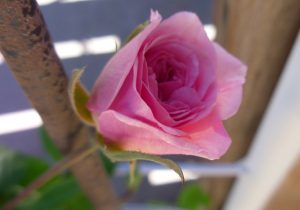While walking in my backyard this morning, I found an insect resting on the leaves of my Coleonema Pulchrum. I searched online and found it to be an Ichneumon Wasp. I can’t tell if it’s a male or a female but I read somewhere however, that for most Ichneumons, the females have long ovipositors (sometimes longer than their body) and the males do not possess ovipositors.
The body of an Ichneumon Wasp consists of a thin waist with a very elongated abdomen and long antennae. They have five eyes which give them a wide range of vision. Ichneumon Wasps are considered beneficial insects as they are important parasitoids of other insects (living in or on a larger host and eventually killing it).
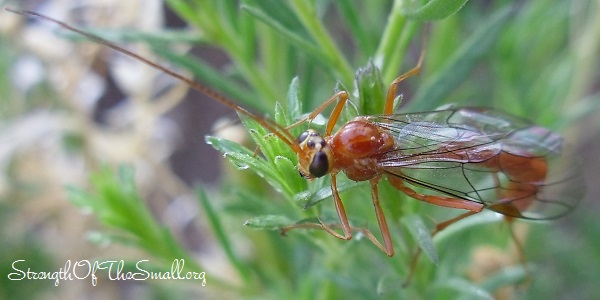
The pictures below are of that of a male Phidippus Johnsoni, also known as Red-backed Jumping Spider.
This particular species builds conspicuous tubular silky-like nests on the ground (under rocks, wood or debris). They remain inside their nests at night as well as during bad weather and prey during the day. They are sight hunters feeding on a wide variety of insects including spiders.
Both male and female have a bright red abdomen with the female exhibiting a black central stripe. The rest of the body is black. This species of spiders is very hairy. The Red-backed Jumping Spider bite is not fatal and only occurs when threatened, resulting in swelling and pain at the bite site lasting for several days.
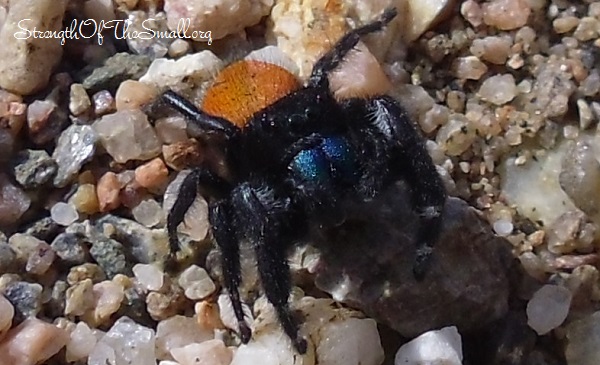
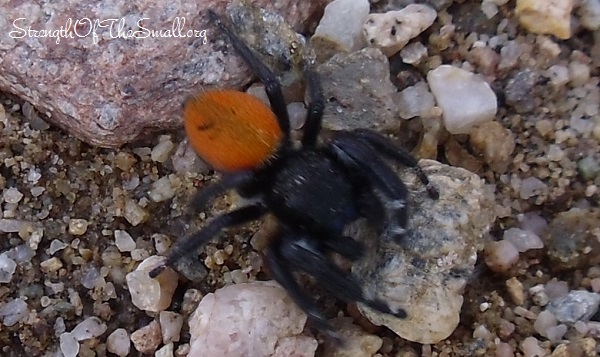
It’s that time of year when Roses in the garden are being visited by Hoverflies.
Hoverflies are small to big flies with large heads, large eyes, and small antennae. They are important pollinators with some species imitating the appearance of Wasps and Bees to avoid predators (while they have two wings, Bees and the Wasps have four). They hover to attract mates and while feeding at flower blossoms or around aphid colonies. They are considered beneficial insects since their larvae feed on aphids, scales, thrips and caterpillars while adults feed on pollen and nectar.
The picture below is that of a Pied Hoverfly, with three pairs of white comma markings on the abdomen.
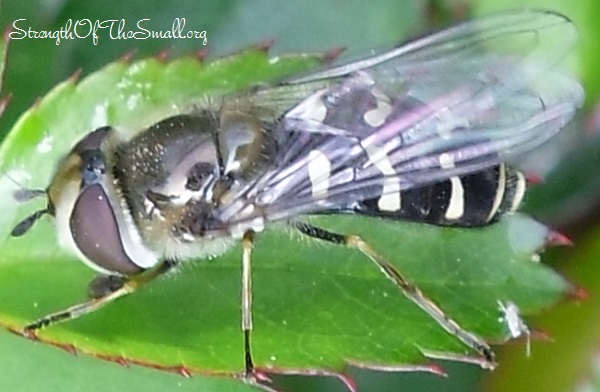
Click here to learn more about Jumping Spiders and here to learn more about Hoverflies.
The rain has passed and so insects and other critters come out from their hidings.
